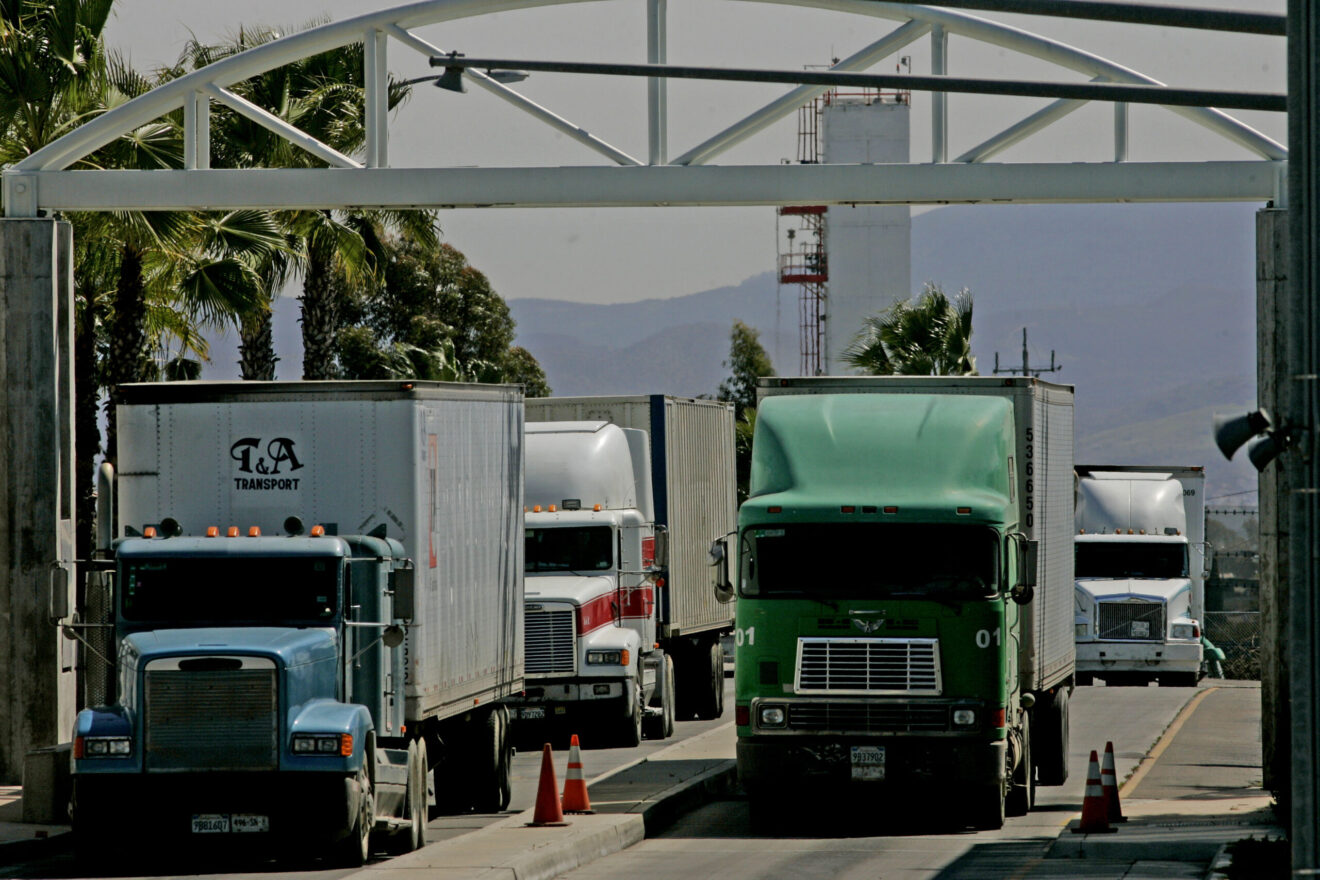CPG brands, grocers and restaurants are grappling with an increasingly tight trucking market that has led to supply chain issues nationwide. The trickle-down effect of that problem has equated to higher costs for end-users, prompting many companies to raise prices to remain competitive.
One way to curb losses stemming from the trucking shortage is to maximize the use of software, which can make supply chains more efficient.
Anticipating disruptions
Shipping disruptions not only cause headaches for suppliers – they also have huge financial implications. Grocers traditionally fine CPG firms for deliveries that aren’t on time – and that doesn’t just apply to late shipments. Some retailers charge suppliers for deliveries that arrive early or are incomplete as well, according to a recent report from McKinsey, which estimates that such penalties could reach $5 billion annually nationwide if CPG firms aren’t able to boost the performance of their delivery services.
By optimizing the use of software, companies can track whether shipments are trending early or late – both of which can have financial implications. If it appears that a delivery will arrive earlier than planned, the company can have a team ready at the offloading point to unload inventory, allowing the truck to get back on the road swiftly.
If, on the other hand, the shipment is going to be late, the company can anticipate the disruption and use software to model “what-if scenarios” to determine how they can make adjustments to account for the delays, according to a report from CMTC.
Using analytics in forecasting, inventory
Technology is also essential when ensuring that inventory management programs are working efficiently. A company is unable to determine whether it needs to ship or order more products if it doesn’t have a clear idea of how many items are already in production or on shelves.
The use of predictive analytics, machine learning and artificial intelligence can simplify this process and make inventory management much more precise. This, in turn, allows companies to know when to signal whether manufacturing should be boosted or whether more products should be shipped to a third party.
For example, a company may believe that demand for its products is 10,000 units weekly, whereas the reality is that demand actually ranges from 6,000 one week to 14,000 the next. Machine learning, analytics and artificial intelligence can pinpoint more precise forecasting so demand can be predicted from one week to the next down to the number rather than employing a wide range, Logistics Management reports.
Other technologies that are making waves in the industry include sensor data and blockchain, which allow companies to track shipments during every stage of the supply chain, and cloud-based data so all stakeholders can pull information as products travel across the shipment cycle.
It’s clear that companies will only be able to maximize efficiency by adopting innovative software programs that allow for better, faster tracking and forecasting within the supply chain.
_______________________________________
If you enjoyed this article, sign up for GMA SmartBrief to get news like this in your inbox, or check out all of SmartBrief’s food and travel newsletters as we offer more than 30 newsletters covering the food and travel industries from restaurants, food retail and food manufacturing to business travel, the airline and hotel industries and gaming.
